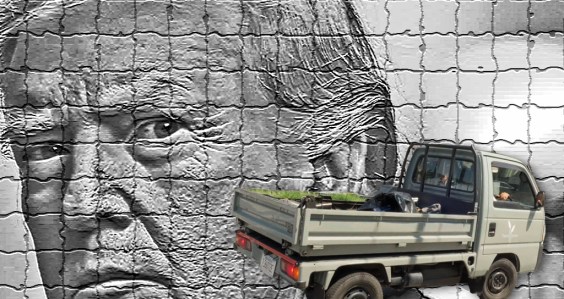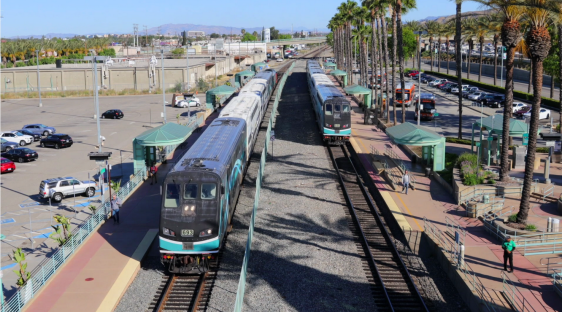
Roads like Charleston’s Savannah Highway are a common sight across America: a suburban arterial marked by high-speeds, dangerous pedestrian crossings and depressing aesthetics. A five-lane strip of asphalt surrounded by used car dealerships and motels, it’s heavy on parking and curb cuts, light on crosswalks and trees. Like many streets of this type, Savannah Highway gets congested, particularly in a few key bottlenecks.
When congestion becomes a problem, the default response for many public officials is still the old-fashioned highway. As we reported last week, Charleston is no exception.
“A New Way to Work” asserts that the congestion problems on Savannah Highway can be solved through street-level interventions in key locations. The biggest shortcoming of Savannah Highway, say League staff, is poor design. Their report notes that the road has a driveway every 80 feet, on average, creating a chaotic scramble between drivers who use the road to travel far distances and those who dash in and out of retail establishments. The lack of connectivity in the street network also limits drivers’ options, forcing traffic onto the arterial road.
What is needed, the report states, is a hierarchy of streets for different types of trips.
In its proposed redesign of Savannah Highway, the League would:
- Eliminate many curb cuts
- Install medians to control turning
- Repair connections between cul-de-sac-style, disconnected streets
These three principles are recommended by the Transportation Research Board to reduce congestion, preserve scenic landscapes and improve safety of motorists and pedestrians.
“It centers around the power of the network streets to relieve the knots in the system,” said the League’s Josh Martin. “We’re trying to create a really great, livable, walkable multi-modal street.”
In addition, the League recommends that commercial sites along the corridor be redeveloped to promote walkability and a more diverse mix of uses. Sidewalk improvements, crosswalks, and increased landscaping are also recommended to safeguard pedestrians and improve aesthetics. Similar interventions would also be applied on Folly Road in James Island and Maybank Highway in Johns Island.
Moreover, the League estimates that their plan could be completed at just a fraction of the cost of the I-526 extension, which is pegged at $489 million. The projected public cost of the League’s proposal would be $220 million.
The plan would likely spur considerable private investment as well. A real estate analysis conducted by the League found that improvements at just one intersection — Folly Road — could produce a $700,000 increase in property tax revenues. More than a dozen properties along the corridor are consider “underutilized,” in that their buildings are worth 40 percent of the value of the land they occupy, or less.
Investment in Charleston’s existing infrastructure is likely to improve the value of nearby residential property as well, said Martin.
“You’re creating great places,” he said, “places that hold more value than the current state of strip malls.”







